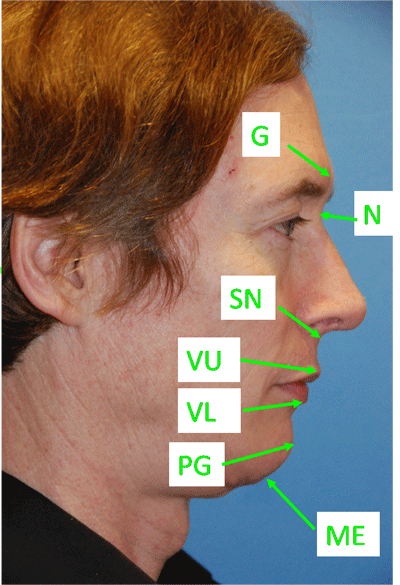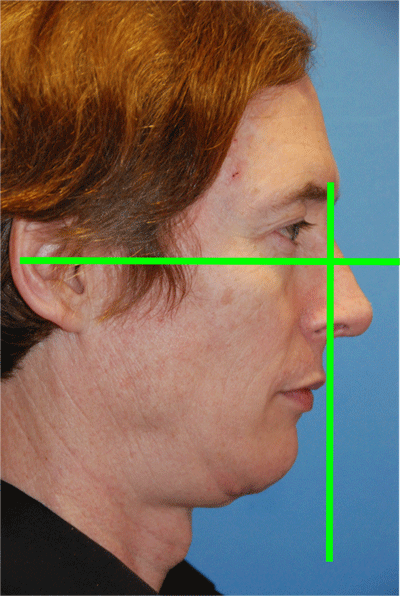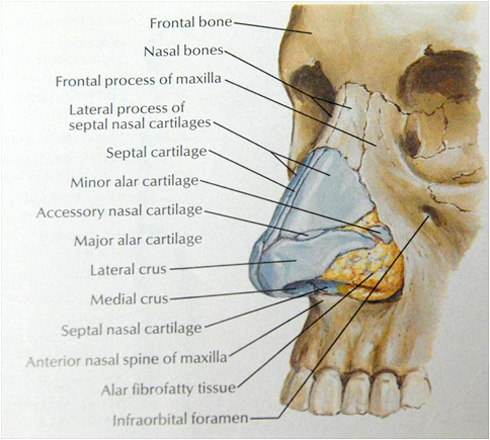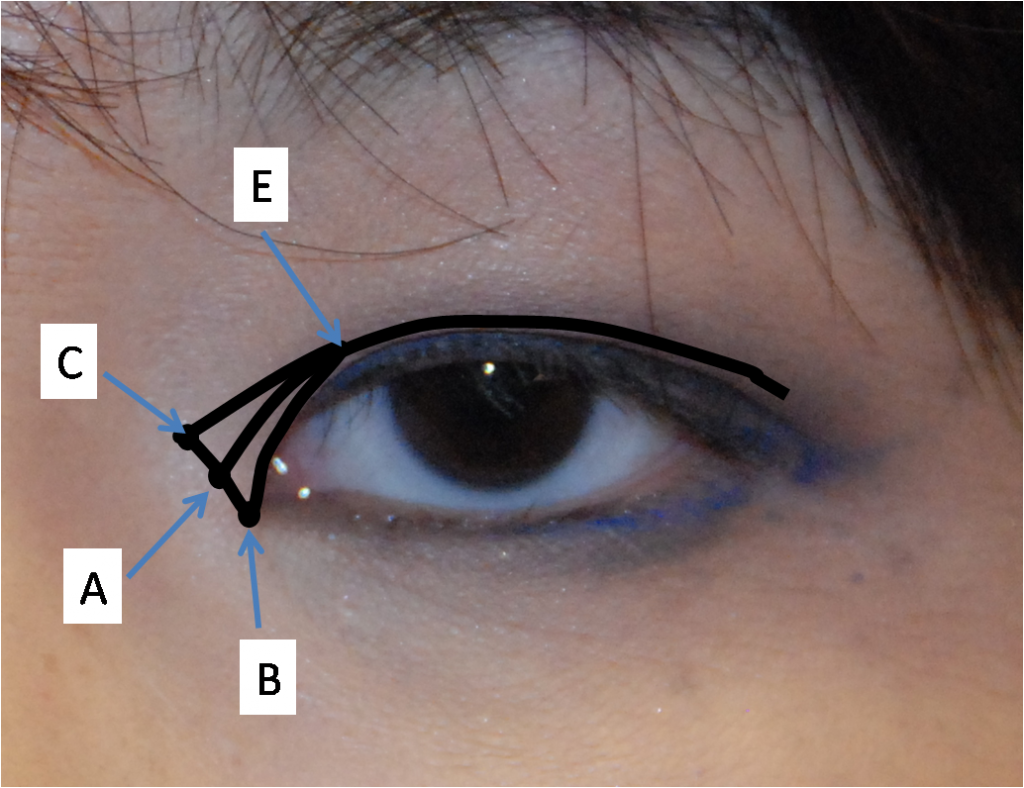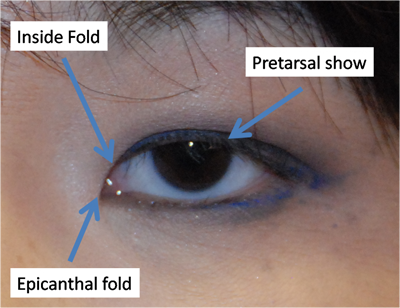A frequent question that people have is how much does Rhinoplasty / Nose Plastic Surgery (Dr Young of Bellevue near Seattle, WA) costs. There are some resources for the average cost of Rhinoplasty that range from 4000-10000 for the surgeons fee. That doesn’t include the costs for the facility and for the anesthesia and anesthesiologist. The fee for the facility can range from 500-2000. The fee for the anesthesiologist can range from 200-1000. So the range for an Rhinoplasty can be from 7000-15000. We have a surgical facility near us and they charge 650 for the first hour for the anesthesiologist and each additional hour is 300 for each additional hour. The facility is 1000 for the first hour and each additional hour is 500. Things that make a difference is if the Rhinoplasty is a revision, if you need implants, the costs of the implants, if rib needs to be harvested (which could significantly add to the cost), if ear cartilage needs to taken, if the rhinoplasty is just for the tip / dorsum / or nostril area. When you really analyze things, it ultimately comes down to the time it needs to address your particular issues. Based on this your surgeon and his staff will come up with some pricing for you to consider. Implants for the bridge of the nose, for sheets can range from 200-400 dollars for each implant. A revision usually adds 1-2 hours to the procedure and could increase the price by 1-2 thousand dollars. Ear cartilage requires about 45 minutes to an hour to harvest sometimes less and this could be 500-1000 dollars more. These are some of the things your plastic surgeon will think about when he comes up with pricing.
It is good to find out what the average price for Rhinoplasty is for your area. You can do this by going to multiple consultations. Sometimes you get what you pay for, as they say. Somewhere in the average might be a good idea, at least do consider someone that is extraordinarily above the others unless there is compelling evidence that you think that person will do the job that justifies the pricing you receive.
Thanks for reading, Dr Young
Dr Young specializes in Facial Plastic and Reconstructive Surgery and is located in Bellevue near Seattle, Washington
